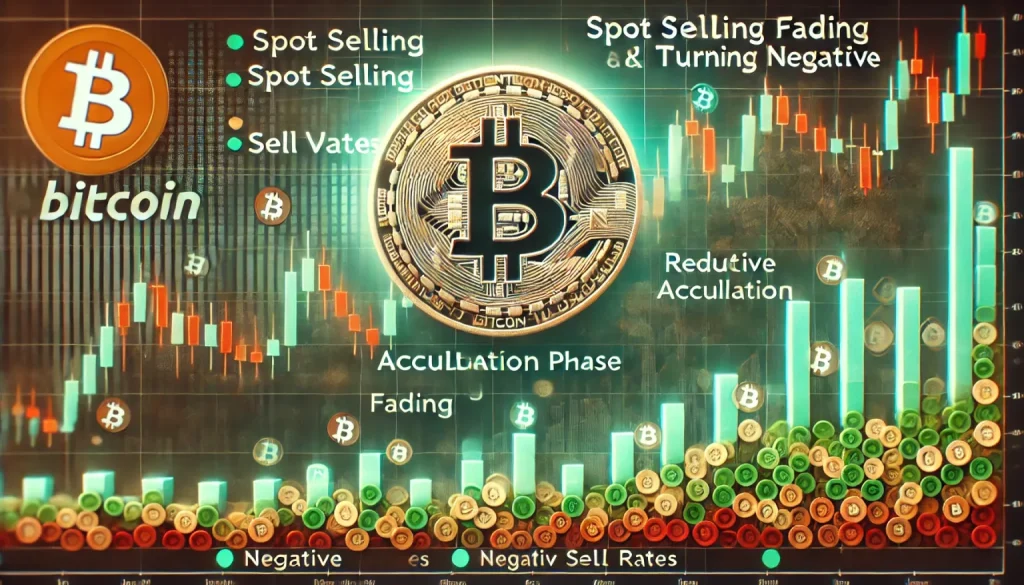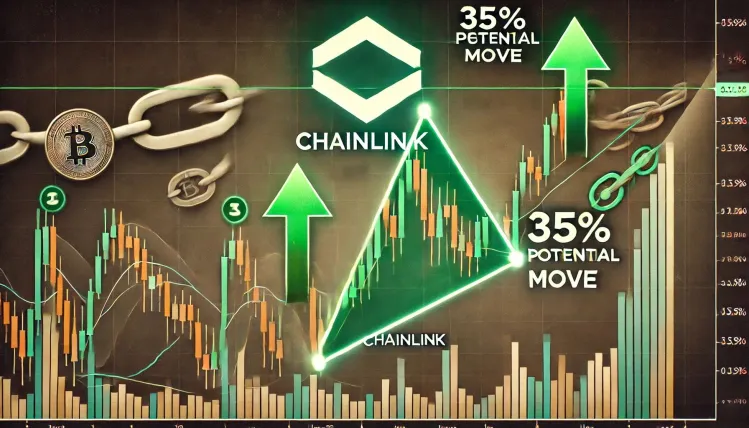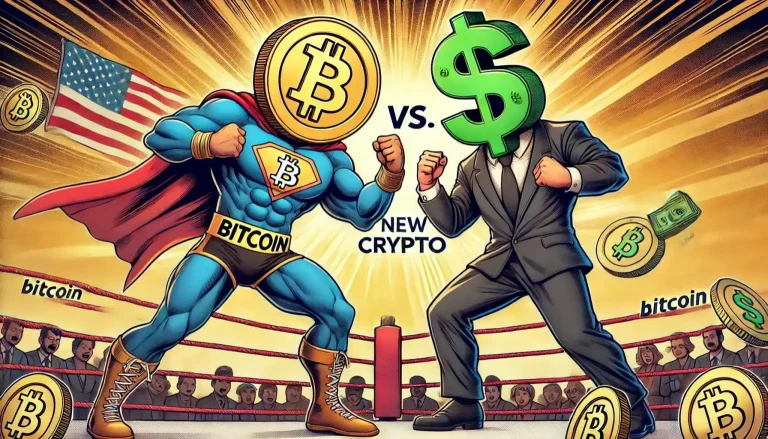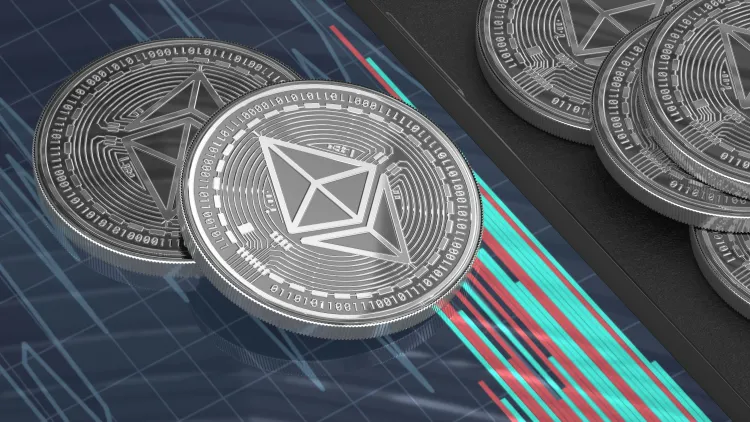
Bitcoin (BTC) is showing strong signs of entering an accumulation phase, as on-chain data reveals a slowdown in spot selling and a shift in funding rates turning negative. This combination suggests that traders and long-term investors are positioning themselves for the next potential bullish move.
With selling pressure easing and derivatives markets signaling increased demand for BTC, is this the calm before the next rally? Let’s analyze the key trends shaping Bitcoin’s current price action.
Spot Selling Declines: A Sign of Investor Confidence
Spot selling refers to the direct sale of Bitcoin on exchanges for fiat or stablecoins. A rise in spot selling typically indicates that investors are taking profits or exiting their positions, often leading to downward price pressure.
However, recent data shows a decline in spot selling, which suggests that:
✅ Investors are holding rather than selling—a sign of long-term confidence.
✅ The supply of BTC on exchanges is decreasing, reducing sell-side liquidity.
✅ The market may be transitioning from distribution (selling) to accumulation (buying).
This behavior is often observed before a major price surge, as market participants position themselves for the next bullish cycle.
Funding Rates Turn Negative: A Bullish Contrarian Signal?
Funding rates in the Bitcoin futures market play a crucial role in determining market sentiment. When funding rates turn negative, it means that short traders (those betting against BTC) are paying fees to long traders (those betting on price increases).
🔹 Why is this important?
Historically, negative funding rates often precede major price reversals, as excessive short positions create the potential for a short squeeze—a scenario where short sellers are forced to buy BTC to cover their positions, pushing the price higher.
🔹 What does this mean for Bitcoin?
- More traders are shorting BTC than longing it, despite spot selling fading.
- A short squeeze could ignite a rapid price surge, catching bearish traders off guard.
- Contrarian investors may see this as a buying opportunity, expecting BTC to rebound.
This dynamic suggests that while short-term sentiment may appear bearish, the underlying market structure is setting up for a potential bullish reversal.
What’s Next for Bitcoin?
With spot selling declining and funding rates turning negative, Bitcoin appears to be in a classic accumulation phase. Historically, this phase precedes strong upward momentum as weak hands exit, and long-term investors strengthen their positions.
Key factors to watch include:
📉 Exchange Reserves: A continued decline in BTC on exchanges would signal further accumulation.
📊 Open Interest & Liquidations: A buildup of short positions could lead to a short squeeze.
🚀 Macro & Institutional Interest: If institutional demand increases, BTC could see renewed bullish momentum.
For now, traders should keep a close eye on market structure, volume, and potential breakout signals as Bitcoin gears up for its next major move.
Final Thoughts
Bitcoin’s accumulation phase is in full swing, marked by reduced selling pressure and a shift in derivatives market sentiment. While some traders remain cautious, the combination of negative funding rates and lower exchange reserves suggests that BTC could be gearing up for a strong rebound.





